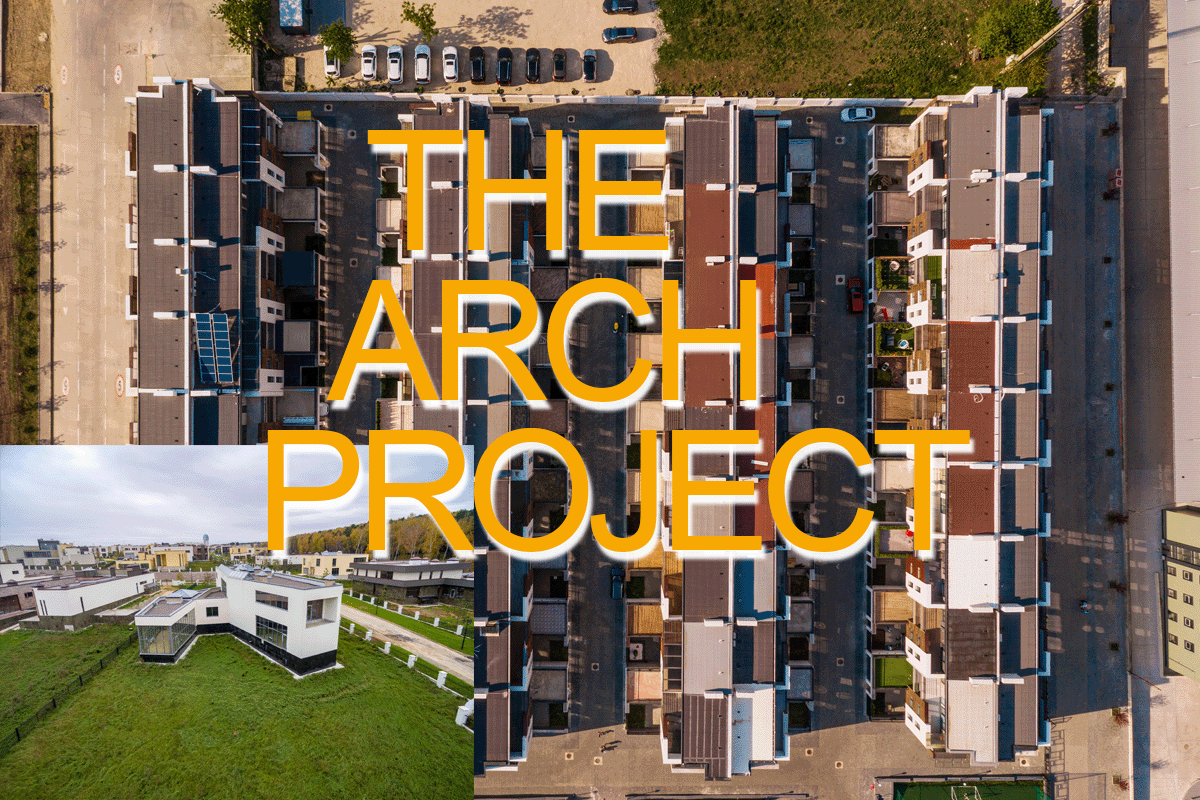In an era where urbanization is rapidly expanding, the concept of smart cities has gained momentum as a solution to various urban challenges. One of the most pressing issues that smart cities aim to address is the availability of affordable housing. As technology continues to revolutionize our lives, it holds the potential to make housing more affordable, but striking the right balance between technological advancement and affordability is crucial. This article talks about the intricate relationship between smart cities and affordable housing, highlighting the need for a harmonious integration of technology and economic considerations.
The Role of Smart Cities in Affordable Housing
-
Smart Urban Planning for Efficient Land Use
Efficient land use is a cornerstone of affordable housing in smart cities. Advanced data analytics can aid urban planners in identifying underutilized spaces that can be repurposed for housing projects. By optimizing land usage, cities can create room for more housing units without encroaching on valuable green spaces.
-
Infrastructure Integration for Cost Savings
Smart cities leverage interconnected infrastructure to reduce costs. Integrating utilities like water, electricity, and waste management through Internet of Things (IoT) devices can significantly lower operational expenses for housing developments. These savings can then be passed on to residents in the form of reduced rents or property prices.
-
Enhanced Mobility for Expanded Housing Opportunities
Efficient public transportation not only reduces traffic congestion but also expands housing accessibility. Smart cities prioritize the development of well-connected transit systems, enabling individuals to reside in slightly peripheral areas where housing costs may be lower while still easily accessing employment centers.
3 Challenges in Balancing Technology and Affordability
1) Costs of Implementation
Implementing smart technologies, such as energy-efficient appliances, smart meters, and integrated security systems, requires an initial investment. While these technologies lead to long-term savings, the upfront costs can potentially drive up housing prices, negating the goal of affordability.
2) Digital Divide and Accessibility
As cities become smarter, there’s a risk of leaving certain populations behind due to limited access to technology. Low-income individuals, who are precisely the target beneficiaries of affordable housing, might struggle to reap the benefits of smart housing solutions, perpetuating the divide.
3) Gentrification Pressures
Introducing technology and improving infrastructure can inadvertently lead to gentrification – the process by which affluent residents move into previously lower-income neighborhoods, driving up property values. This phenomenon can displace existing communities and exacerbate housing unaffordability.
3 Strategies for Achieving Balance
1) Public-Private Partnerships
Collaboration between government entities, private sector companies, and non-profit organizations can yield innovative solutions. Public-private partnerships can help in sourcing funds for smart housing projects while ensuring a commitment to affordability.
2) Inclusive Technology Adoption
To bridge the digital divide, initiatives must be undertaken to provide training and access to technology for marginalized communities. Governments and organizations can offer workshops and subsidies to ensure that everyone can benefit from smart housing advancements.
3) Community-Centric Approach
Prioritizing community engagement can mitigate the risks of gentrification. Involving existing residents in the decision-making process for smart city projects ensures that their concerns are heard, and strategies can be developed to protect their interests.
Top 6 Nations Pioneering the Union of Smart City Technologies and Affordable Housing Initiatives
1. Singapore
Punggol Digital District
Singapore’s Punggol Digital District aims to merge business, technology, and urban living. The district features smart homes that incorporate sustainable designs and energy-efficient systems. It also includes affordable public housing units equipped with smart sensors for optimized resource usage
2. India
Dholera Smart City
Dholera, located in the Indian state of Gujarat, is being developed as one of the country’s first smart cities. The project includes affordable housing options alongside smart infrastructure, digital governance systems, and integrated utilities to enhance overall livability.
3. South Korea
Songdo International Business District
Songdo, situated near Seoul, is a prime example of a smart city that prioritizes affordability. The district boasts efficient public transportation, energy-saving technologies, and mixed-use developments that provide a variety of housing options for residents across different income levels.
4. United Arab Emirates
Mohammed bin Rashid Al Maktoum City – District One
In Dubai, the District One project includes smart city features like automated waste management, smart energy systems, and sustainable housing solutions. The project emphasizes affordable luxury living through the integration of technology and urban planning.
5. United States
Quayside in Toronto, Canada (by Sidewalk Labs, a subsidiary of Alphabet Inc
Although not a country, the Quayside project in Toronto is worth mentioning. While it faced controversies and was ultimately canceled, it aimed to be a prototype for smart cities with an emphasis on affordability. The plan included modular housing units, efficient transportation, and data-driven services to enhance quality of life.
6. Kenya
Konza Techno City
Dubbed “Africa’s Silicon Savannah,” Konza Techno City in Kenya aims to be a smart city hub for technology and innovation. Alongside technology-focused initiatives, the project also incorporates affordable housing solutions to cater to a diverse range of residents.
Smart cities have the potential to revolutionize the concept of affordable housing through innovative technologies and forward-thinking urban planning. However, the journey towards achieving this goal must be approached with caution. Balancing the allure of technological advancement with the imperative of affordability is a challenge that requires collaborative efforts, inclusive policies, and a deep understanding of the communities these developments are meant to serve. Only through a harmonious integration of technology and affordability can we truly pave the way for a future where cities are both smart and accessible to all.




